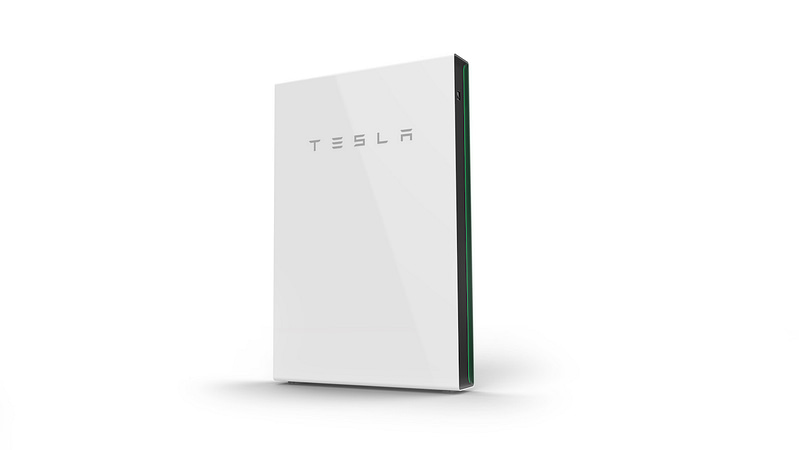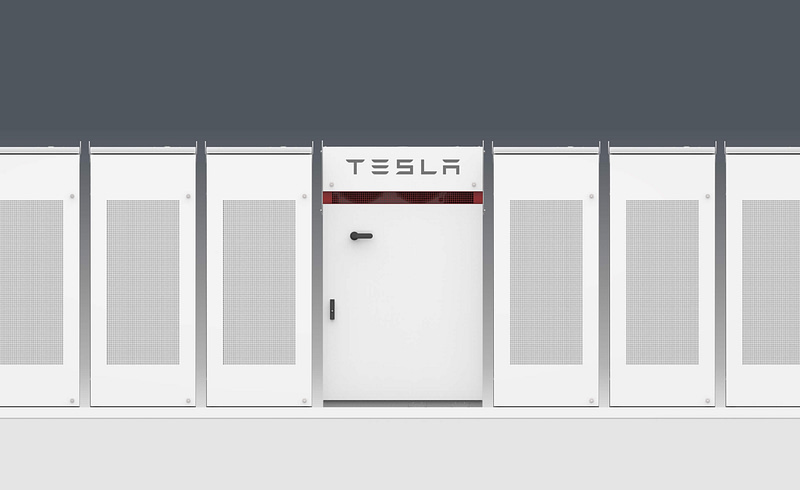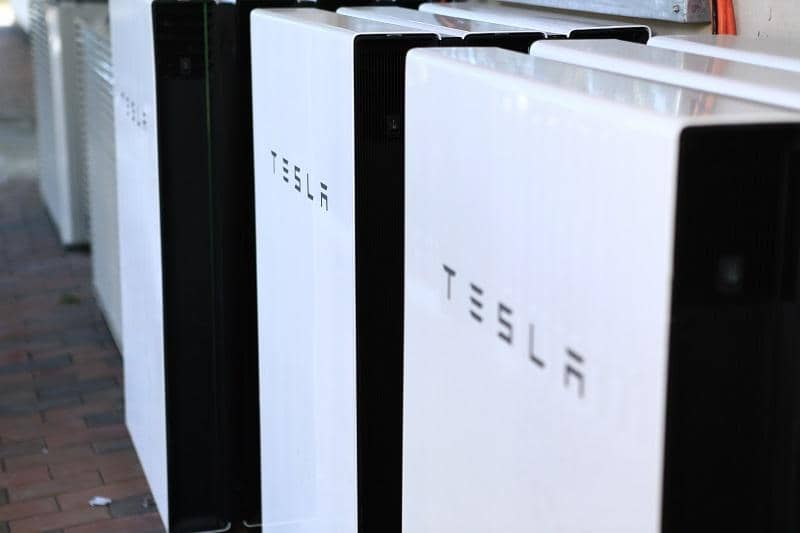TESLA POWERWALL & POWERPACK
Our Tesla battery storage solutions enable the storage of energy from solar panels during the day (or from the grid when energy rates are low), allowing you to discharge this energy for backup or for use at night. Our battery solutions maximise solar consumption and reduce energy spending.
Solar battery storage is essential to balance energy generation to consumption and safeguard against potential energy blackouts. Tesla battery storage for your solar panel system will help reduce your electricity costs even further. When you generate more energy than you can use and store, you can sell the surplus back to the grid. Your business will also be protected from power outages, since your battery storage system will still continue to supply your property and also keep your solar panels working at all times.
The addition of a solar battery storage system helps you make the most of the power you produce. You can monitor, optimise and precisely manage how you use the electricity generated by your PV solar system.
iGen are proud to be a Tesla Powerwall Certified Installer recognised for excellence, we offer a customised battery solution that enables you more access to the free, abundant power of the sun and reduces your dependence on fossil fuels. With Tesla batteries you can store solar energy generated during the day for use any time. During the day, the sun shines on your solar panels, charging your battery. At night, your home draws electricity from your battery, powering your business with clean, sustainable energy 24/7.

TESLA POWERWALL
Powerwall’s lithium ion battery inherits Tesla’s proven automotive battery technology to power your home or small business safely and economically. An integrated inverter reduces external components, which simplifies and lowers installation costs. Powerwall is a completely automated system that requires no maintenance.
TESLA POWERPACK
The new standard for commercial and utility scale battery solutions. Business consumers and energy providers can gain greater control, efficiency and reliability across the electric grid.



